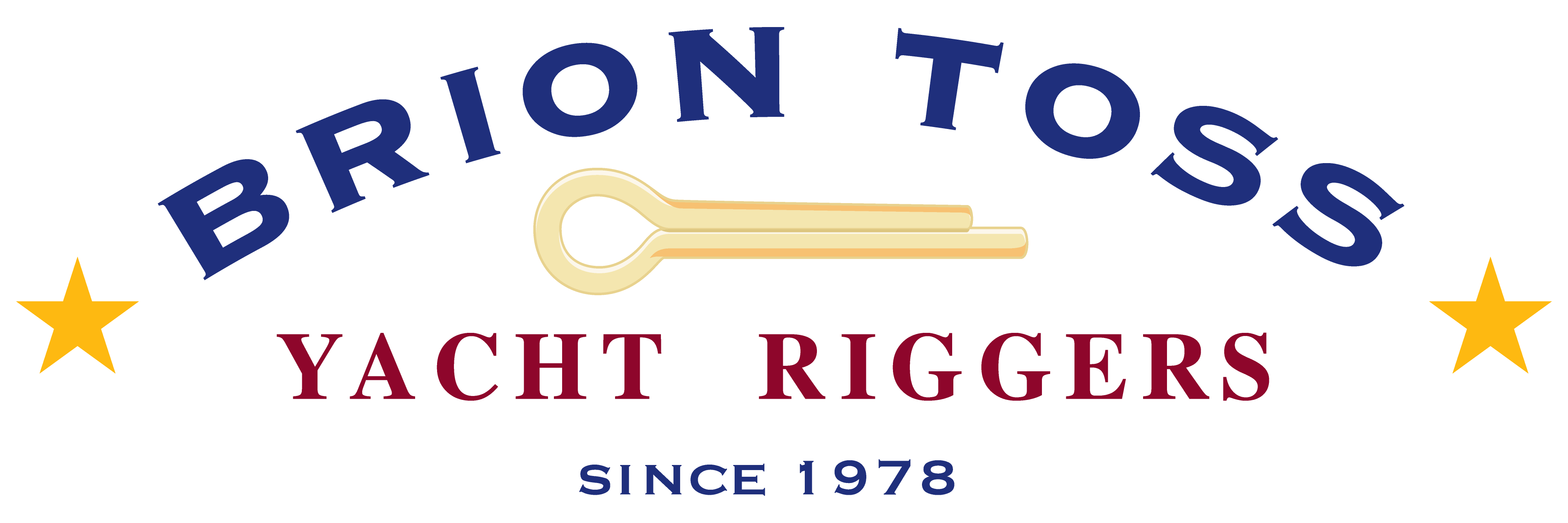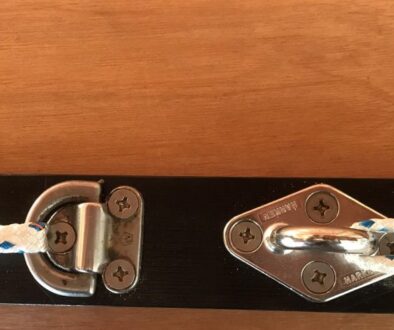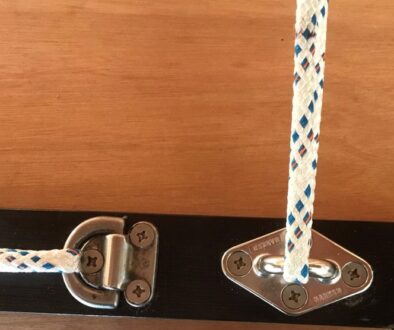Puzzle Contest: Anomalous Sheets, the Answer
Our most recent Puzzle garnered a record high number of views – and a record low number of answers, so I guess it was a tough-but-interesting one. Here it is:
There are two sailboats going to weather in a breeze. They have identical waterline lengths, and identical sail plans, with a main and a jib each, of identical sizes. Both are in identical true windspeed, in clear air, in the same sea state, temperature, etc., and their sails are trimmed for maximum efficiency. But the sheet load on one of the boats is fully four times the sheet load on the other. How can this be?
As I mentioned in some posted hints, knowing the sheet load is the basis for selecting all of the rope, blocks, winches, and other hardware associated with the sheets. If you err on the too-light side, things can break, which can be painful or worse. And if you err on the too-heavy side, things can be painfully and needlessly expensive.
The answer in short: sheet load varies directly with the size of the sail, but varies with the square of the apparent windspeed. So if your boat is going, say, twice as fast as another boat, in the same true windspeed, your sheet load will be four times higher, even if the sails are identical, because the apparent wind is twice as fast. You can, as the puzzle says, have identical sails, course, and waterline, and have both boats be trimmed utterly efficiently, and still have hugely different loads.
As some of you said, there are other things that could make a difference. For instance, if one of the boats has too little ballast, a shallow keel, and badly-stowed gear, and the other boat has a lot of lead at the bottom of a deep keel, and also has a bunch of large people sitting on the weather rail, then the latter could stand up and absorb a lot more wind energy than the former, and thus get lots more load on its sheets, potentially even four times more, without needing to go twice as fast as the other boat. It all depends on how hard the wind is blowing, and how easy it is to knock the other boat over.
These factors were nicely combined by our winner this week, so it is time to introduce him. Congratulations Terveisin Janne Immonen, your name was randomly selected from the (tiny) pool of correct answers!
Here is what Janne had to say:
Answer is a case of weight distribution. The boat with heavier sheet load has lower CG and thus more RM and thus gets more umph from the sails. That raises sheet loads, speed, and apparent wind speed which results in even more sheet load.
Janne, be in touch for where to send your copy of the Rigger’s Apprentice.
For all of you out there who kinda-sort thought they knew the answer, but didn’t send it in, come on, take a chance next time, especially because next week the prize is going to be from a Famous Guest Presenter, to be announced when the Puzzle is posted, next Wednesday, May 9th.
Meanwhile feel free to indulge yourself reading what is now a sizable backlog of articles and Puzzles on this blog, like “To Engineer Is Human,”“ the three-part “Return” series, “How to Build a Wisconsin Supper Club,” and many more.
Also feel free to wander through our Shop of rigging essentials, and the rest of the site.
Oh, just one more thing: I am perhaps irrationally excited to announce that we now have over 1,000 subscribers to this blog. It seems to be catching on. If you would like to receive email notifications of new posts, just scroll down and sign in.
Fair leads,
Brion Toss



